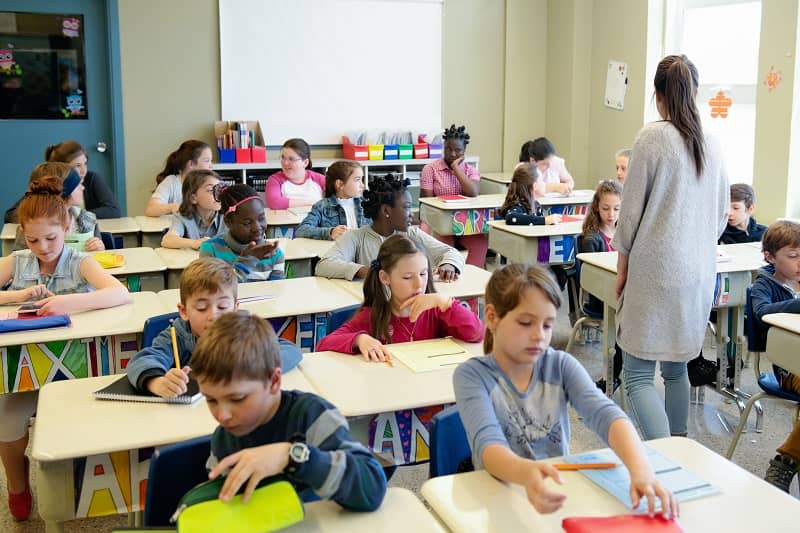By Cooper Conway
The Oregon Education Association (OEA) recently penned a letter to legislators urging them to maintain a strict limit on the number of children who may transfer to online charter schools. A 2011 Oregon law caps the number of students allowed to transfer to an online charter school at 3 percent of local district enrollment. The union argues that the cap was generous because only 1 percent of students were actively looking to switch at the time the cap was set.
However, that was 2011. We are now living in 2020, during a worldwide pandemic in which learning in person is impossible for most children.
Parents of more than 300 Oregon students recognized this new reality and completed paperwork to transfer their children to an online charter school soon after Governor Kate Brown suspended in-person classes on March 16. In addition to those 300 students, thousands more looked to transfer to one of Oregon’s 22 online learning programs after the shutdown of brick-and-mortar schools. Instead of receiving a quality education in a setting that embodies social distancing, Oregon’s Department of Education stepped in on behalf of teachers’ unions and denied the transfers of any more students looking to continue full-time learning.
Nevertheless, the OEA claims raising the cap by as little as one-half of one percent would be too much. The union argues the state’s Department of Education and local Education Service Districts are currently working to provide a better, hybrid program for students during COVID-19. In contrast, nearly two dozen online charter schools have had distance learning curricula in place for years.
Encouraging the switch to charter schools is more bang for the Oregon taxpayer’s buck, too. Charter schools historically operate with 80 to 95% of what public schools receive from the state school fund. The money saved by districts from the transfer of students to charter schools could help their budgets across the state—all while empowering students to get an education in the setting of their choice.
The union’s forceful defense of the 3% cap raises a key question: Why is there a cap at all? Such an arbitrarily low cap forces charters to rely on admission lotteries, turning education into a game of chance. In no other setting in America does this happen. For example, 41 million Americans have applied for unemployment since the start of the coronavirus pandemic. The government is not allowed to put a 3% cap on the number of citizens claiming unemployment, so why is the Oregon state government allowed to take away students’ choice to attend an online charter school?
The government school bureaucracy can’t parent a child better than the child’s parents do. Parents should choose where their children attend school—not politicians, not bureaucrats, and certainly not a union.
Moving forward, Oregon legislators not only should raise the charter school enrollment cap, but they should get rid of it entirely. A child’s education is not something that should be politicized.
Cooper Conway is a Research Associate at Cascade Policy Institute, Oregon’s free market public policy research organization.
Click here for PDF version:












